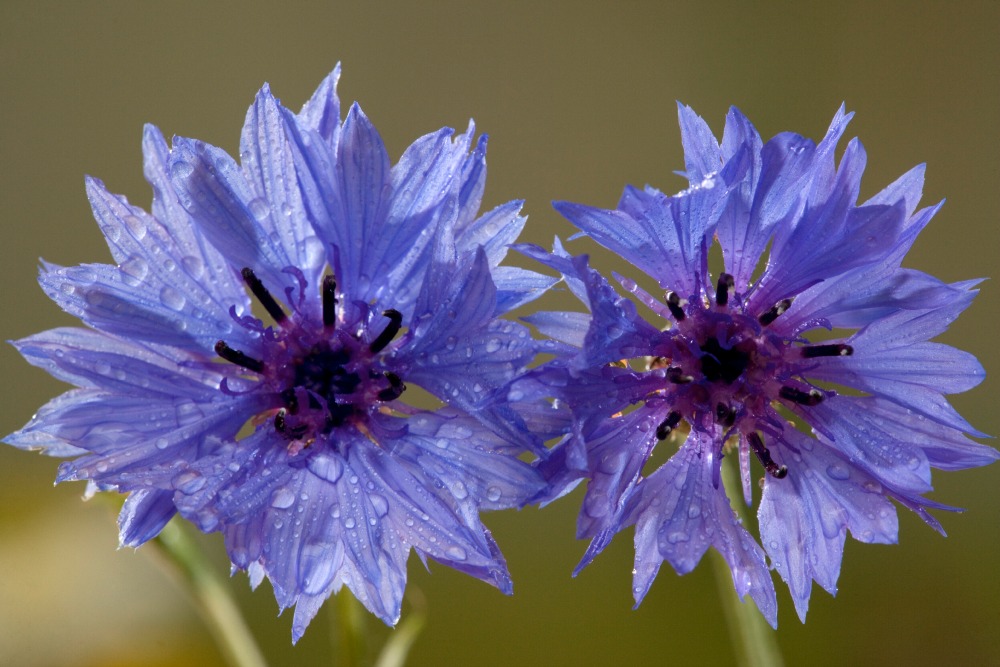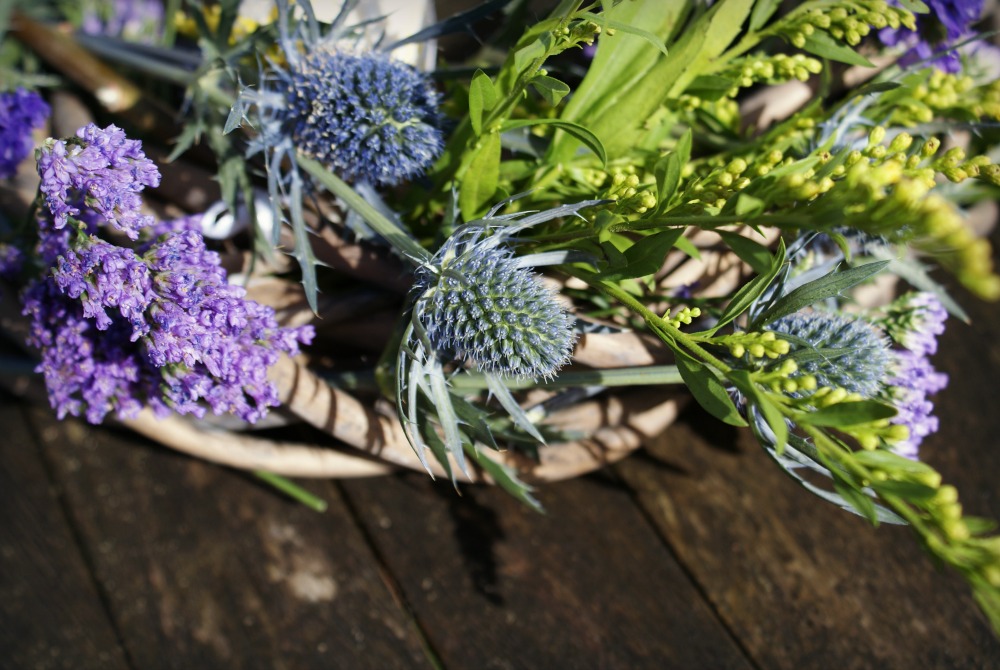Today is the first post from our new Adventure Editor, Chelsea. If you haven't seen our introduction to the new editors yet, head over here to find out more.
When I imagine adventurous escapades, I think of climbing up intimidating rock faces, trekking across uncertain terrain and paddling downstream as though your life depended on it. However, as I embark deeper onto my Walk 1000 2017 challenge, I’m finding that everyday is an adventure, it just depends on your perspective. Last month, I walked through forests and woodlands and not only did I meet a few interesting souls along the way, it brought back much loved childhood memories. I’ve come to the conclusion that woodlands and forests certainly match the definition of a microadventure:
“Outdoor adventure that is small and achievable for normal people with real lives.” Alastair Humphreys
The woodland next door to my Nan’s house was a playground for me whilst growing up. Winter saw us re-purposing bin bags as sledges and whooshing down the banks, dodging the trees. Autumn saw us enjoying the crunchy leaves. Spring saw us picking bluebells and daffodils. Summer saw us playing hide and seek, hoping we wouldn't be found, yet our laughter echoed for all to hear.
We eventually moved near to a valley. Mum and I along with our two cats in the summer would go deep into the valley equipped with a packed lunch and an art set. We’d attempt to paint the scenery as Merlin and Misty played in the grass, trying to catch the gentle and unsuspecting field mice. I was too young to perhaps appreciate how valuable this part of my childhood was. Although I do remember cloud watching and marvelling at the idea that this paradise belonged to me. There were many happy memories in that valley including learning to ride my first bike which resulted in a very nasty nettle rash!
Then I grew up - teenage years hit and I preferred to hang out with the local crowd; my priorities changed, unfortunately. Fast forward a decade and I met my partner who grew up in his Grandad’s forest, we moved to tree-infested Wales and just like that, my love for being surrounded by life’s giants has come back again.
"As a child I used to play in the woods with my best friend, we had a tree we called the Diamond Tree as we used to polish stones and hide them in a little nook at the bottom.” Caroline Devonport
As I said in the beginning, Alistair’s definition of a microadventure matches perfectly with the woodland and forestry terrain since they’re accessible and mostly free to everyone in the UK. For those of us who can’t take off for X amount of time because of commitments and such things, we do have our forests and woodlands to take time out in. I think they’re a perfect environment for young minds just starting out and equally for grown ups who want to reconnect with nature. There are so many benefits associated with wooded areas including creativity, increased immunity and better cognitive development. Personally I think that makes perfect sense considering trees give us oxygen and that’s the ‘stuff’ us humans need to function on!
Now I get to create more memories on a daily basis without having to trek across the world (although I’d love to see the Californian Redwood in home territory). It’s a pleasure watching my pup’s eyes almost pop out of her head at the sight of a selection of perfectly chewable sticks. She face-dives into muddy bogs and bounces on the springy, moss-covered floor. I enjoy late night walks among the woods with my partner, letting go of the day’s events and breathing in the clean oxygen the trees willingly give us. I enjoy watching the fog creep around the tree barks and I bask in the morning sunrise which paints the woodland scenery in a shimmering gold.
10 Tree Inspired Adventures
- Climb a tree
- Play hide and seek
- Collect different types of leaves / conkers
- Identify the different trees there are
- Wild camp
- Build a shelter
- Find a comfortable spot to sit and read
- Forage
- Take pictures
- Paint a picture of a tree or of a woodland scene
Psst! In the summer you can find me walking and biking among Coed Y Brenin forest.

































